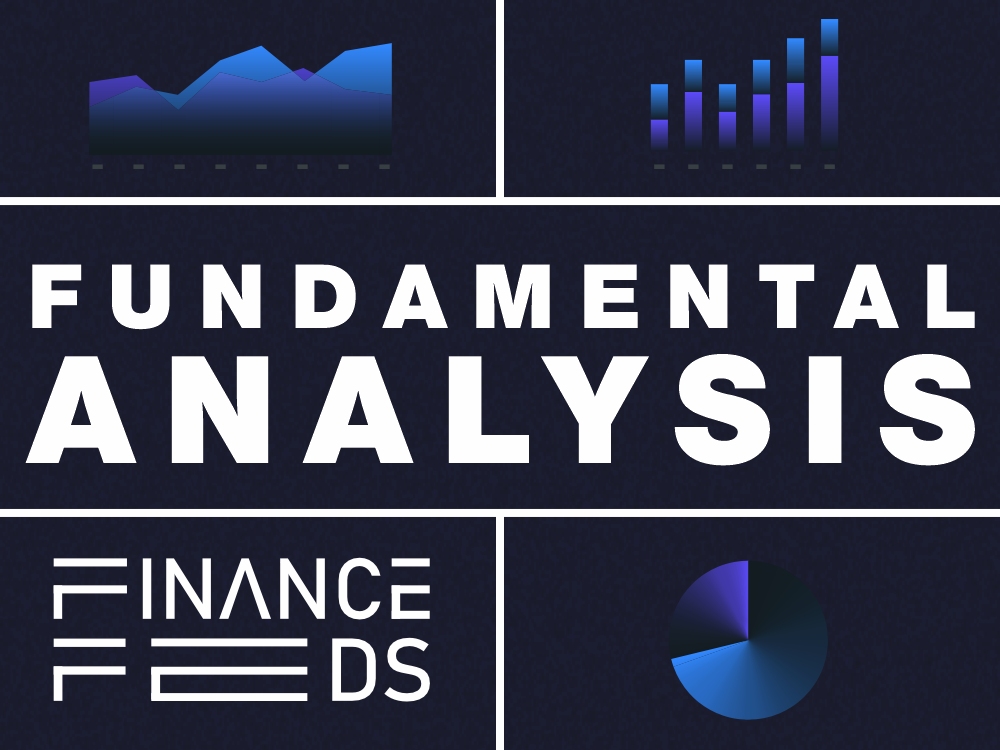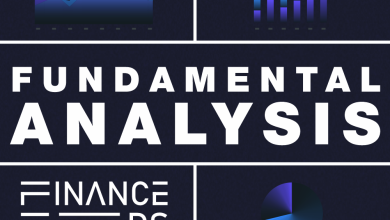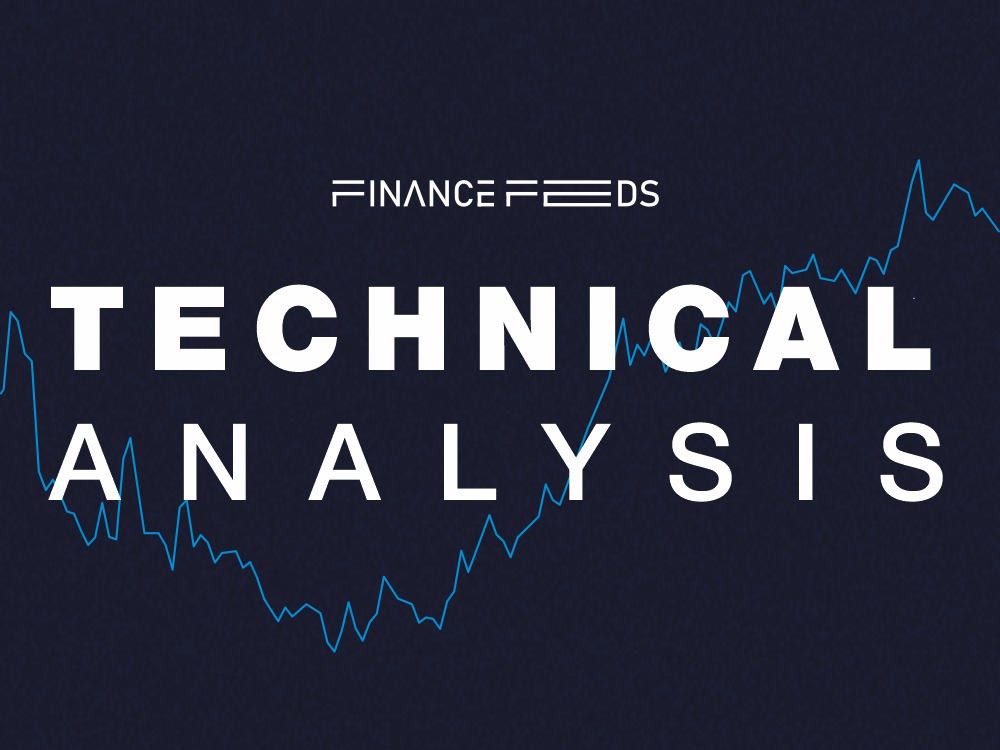Pantera Capital Report: Crypto Salaries Tripled in 2024


A recent report indicates a rising trend of cryptocurrency payments among professionals in the blockchain industry.
As per Pantera Capital, in 2024, 9.67% of industry professionals are now receiving payments in digital assets, a significant increase from just 3% in 2023.
USDC Emerges as the Preferred Payment Choice
The report, based on data from 1,600 professionals across 77 countries, confirms that the dollar-pegged stablecoin USDC remains the top choice for crypto-based compensation.
USDC leads the way, constituting 63% of all crypto salary payments, far surpassing USDT at 28.6%. Additionally, other cryptocurrencies like Solana and Ethereum make up 1.9% and 1.3% of payments, respectively.
In contrast, fiat payments, which accounted for 97% of salaries in 2023, have now decreased to 89.1%, indicating a clear shift towards adopting cryptocurrencies for corporate compensation.
Interestingly, major non-blockchain-native platforms, including industry leaders like Deel and Remote, have not yet integrated stablecoins for payroll purposes.
Evolution in Compensation: Diverse Tokens, Industry-Specific Equity, Decrease in Remote Work
The report highlights a broader trend towards long-term compensation structures, with token-based vesting programs rising to 87% in 2024 from 64% the previous year. While one-year vesting schedules experienced a modest increase from 1.8% to 2.6%, both two- and three-year vesting terms saw slight declines.
Equity incentives vary significantly across sectors, with professionals in gaming and consumer-focused industries receiving higher average equity packages exceeding $800,000. Conversely, individuals in DeFi reported relatively lower equity compensations.
Surprisingly, advanced academic qualifications did not translate into significantly higher salaries. The median salary for professionals with a bachelor’s degree was $150,000—slightly above the $148,500 median for those with a master’s degree.
The report also notes a slight reduction in remote work. The percentage of fully remote professionals decreased to 82% from 87.8%, while hybrid and in-office work models on a daily basis grew to 11% and 6%, respectively, suggesting a gradual return to in-person collaboration.
Potential Future Growth
USDC and USDT are expected to further solidify their positions as preferred payment methods, particularly in the U.S., which represented 30% of the survey respondents.
Legislations like the Guiding and Establishing National Innovation for U.S. Stablecoins (GENIUS) Act, signed into law during the Trump administration, are establishing a regulatory framework for stablecoin use in the country. With clearer regulations, more non-blockchain-native payroll systems are likely to adopt stablecoins.
As of the latest data, Tether has become the 18th largest holder of U.S. Treasury securities, with holdings valued at $127 billion, maintaining its position as the most widely issued stablecoin by market capitalization. In parallel, Circle, the issuer of USDC, went public through an IPO on the New York Stock Exchange (NYSE) in the second quarter of this year.




